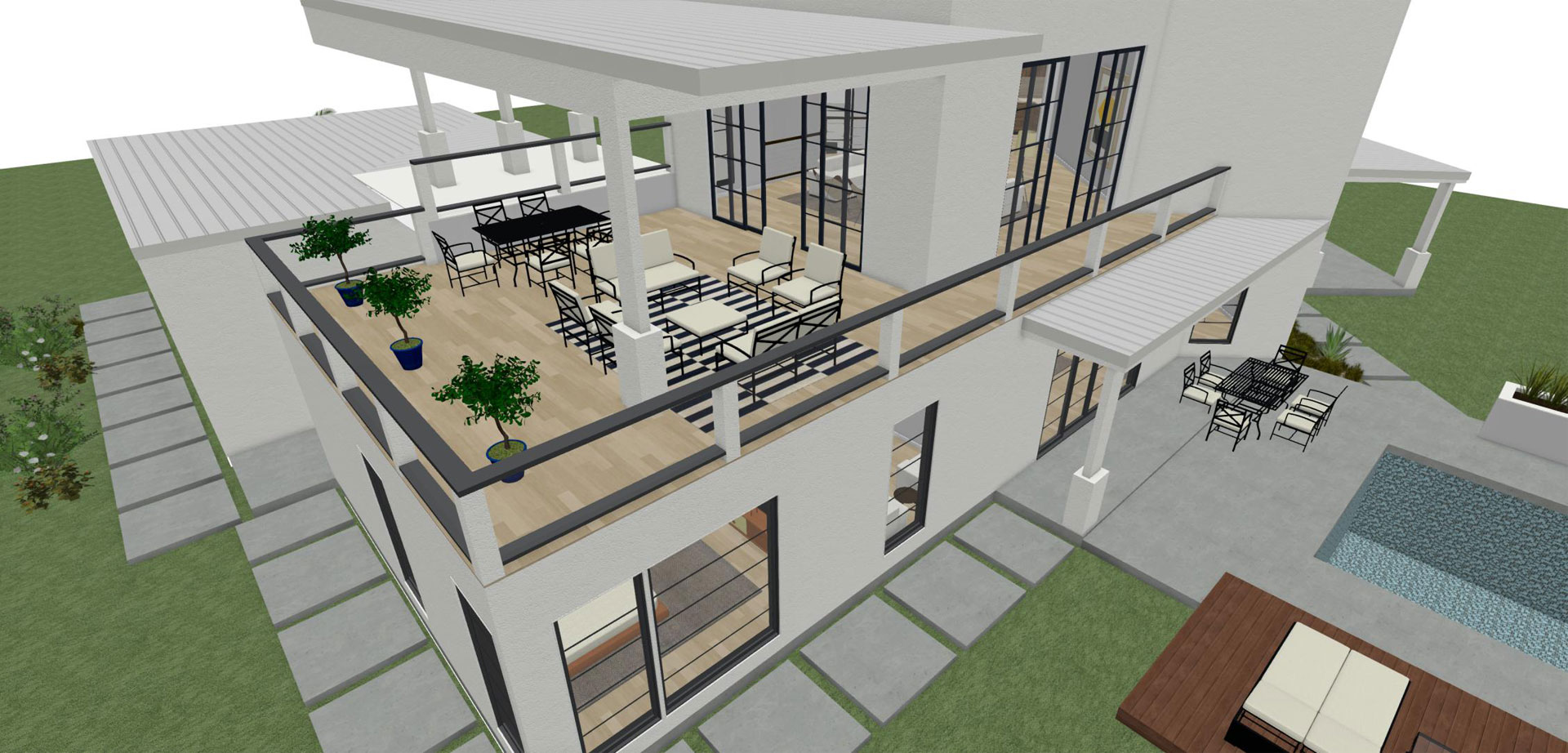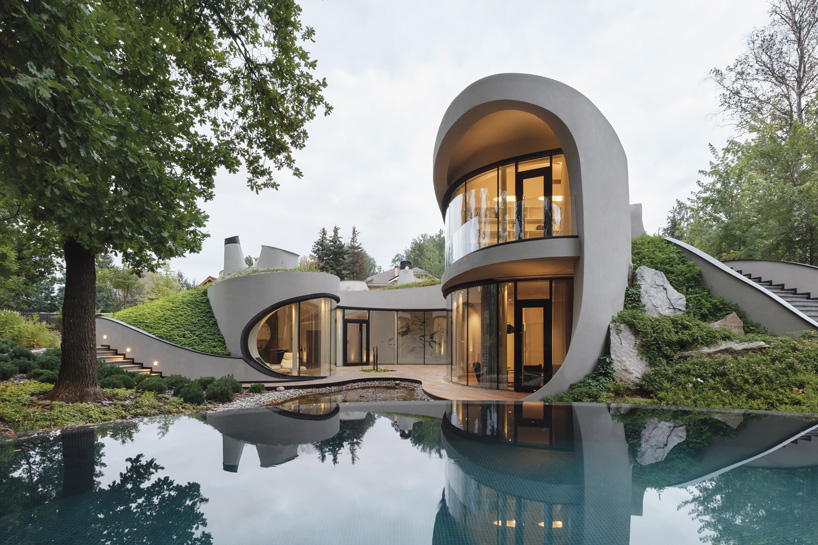Discover Ingenious Designs with Leading CDA Architects for Your Following Task
Discover Ingenious Designs with Leading CDA Architects for Your Following Task
Blog Article
An Extensive Review of Architectural Styles and Their Impact on Modern City Planning and Development
Building designs have actually long functioned as a mirror to the societal values and technological innovations of their time, playing an important duty fit modern city planning and development. From the magnificence of Neoclassicism to the utilitarian method of Brutalism, each style has presented special concepts that affect urban appearances and capability. As modern difficulties arise, consisting of sustainability and neighborhood requirements, recognizing these historical structures ends up being vital. The resulting dialogue not only informs future layout methods however likewise raises pertinent inquiries about the balance between heritage and advancement in our advancing metropolitan landscapes.

Historic Summary of Architectural Designs
Throughout history, architectural designs have actually progressed in feedback to cultural, technological, and environmental elements. Each period shows the prevailing values, ideas, and improvements of its time, leading to an abundant tapestry of layout that symbolizes human creativity and adjustment. The old human beings, such as the Egyptians and Greeks, established foundational styles that emphasized symmetry and proportion, offering both functional and aesthetic objectives.
As cultures transitioned via the Middle Ages, Gothic architecture arised, defined by its verticality and detailed describing, matching the spiritual aspirations of the age. The Renaissance noted a revival of classical suitables, combining art and design in ingenious manner ins which influenced subsequent designs across Europe.
The Industrial Transformation presented brand-new materials and construction techniques, motivating activities like Innovation, which challenged standard kinds and accepted simpleness and functionality. The 20th century saw a diversity of styles, with Postmodernism responding versus the raw minimalism of its predecessor, incorporating historic recommendations and diverse components.
Today, building styles remain to progress, driven by globalization and sustainability worries, showing a dynamic interplay in between heritage and advancement (cda architects). This historical summary underscores the significance of architecture as a mirror of societal advancement and as a catalyst for city advancement
Secret Architectural Styles Explained
The diversity of architectural designs reflects the myriad influences that shape our built atmosphere, each embodying unique characteristics and social importances. Secret architectural designs include Classical, Gothic, Baroque, Innovation, and Postmodernism, each representing distinct historic contexts and visual philosophies.
Classic architecture, rooted in ancient Greece and Rome, stresses proportion, proportion, and using columns. In contrast, Gothic style, thriving between Ages, is characterized by pointed arcs, ribbed safes, and flying buttresses, developing a spiritual quality in basilicas. Baroque design, emerging in the 17th century, is marked by majesty, intricate embellishment, and a vibrant interaction of light and darkness.
Modernism, which obtained momentum in the early 20th century, prioritizes function over form, using brand-new materials like steel and glass to create minimal structures. Postmodernism, reacting versus the austerity of Modernism, embraces eclecticism and historic referral, usually integrating spirited elements and irony.
Recognizing these styles provides insight right into the social stories and technical advancements of their corresponding ages, highlighting exactly how design serves not equally as a shelter, yet as a reflection of social worths and goals.
Influence On Urban Preparation
In forming the development of cities, architectural styles significantly influence city planning decisions. The selection of building design commonly determines the appearances, capability, and general character of metropolitan environments. cda architects. For instance, innovation, with its emphasis on minimalism and capability, motivates open areas and the combination of innovation, shaping city layouts that focus on efficiency and access. Conversely, standard styles may blog stress historic preservation, bring about city styles that preserve cultural heritage and advertise pedestrian-friendly atmospheres.
Additionally, architectural styles can influence zoning guidelines and land utilize policies. Urban organizers must think about the dominating building fads when creating districts, ensuring that brand-new developments harmonize with existing structures. This consideration fosters natural city landscapes and boosts neighborhood identification.
The application of certain building styles can likewise affect socioeconomic aspects within a city. High-end modern styles might attract affluent locals and services, leading to gentrification, while extra budget-friendly real estate options might focus on sensible and sustainable styles to suit varied populations. Eventually, the interplay in between architectural designs and metropolitan preparation develops vibrant cities that mirror both historical context and contemporary demands, forming the lived experiences of their residents.
Sustainability and Modern Style

Contemporary architectural motions, such as biophilic layout and environment-friendly style, advocate for structures that balance with their surroundings, making use of natural materials and promoting biodiversity. These designs usually include sustainable power sources, such as solar panels and wind generators, to reduce reliance on nonrenewable fuel sources and lower carbon footprints.
Additionally, the combination of sophisticated technologies, such as clever building systems, enhances power administration, enhancing source use while making sure resident comfort. Cutting-edge water monitoring methods, consisting of rain harvesting and greywater recycling, further add to sustainable city atmospheres.
Especially, sustainability expands beyond ecological worries; it encompasses social and financial dimensions as well. By cultivating community wellness and advertising inclusivity, contemporary building styles straighten with lasting development goals. Consequently, the advancement of architectural techniques remains to shape resistant cities that not just meet the demands of try this site today however likewise guard the future for generations to find.
Neighborhood Involvement in Design
Area involvement in layout functions as an essential bridge between architects and the populaces they offer, ensuring that the constructed atmosphere reflects the needs and goals of its individuals. This collective procedure invites neighborhood participants to contribute their understandings and choices, promoting a sense of possession and responsibility toward the areas they populate.
Reliable neighborhood involvement uses different techniques, such as workshops, surveys, and public online forums, to description collect diverse viewpoints. These approaches help with a two-way dialogue, enabling architects to understand local contexts while equipping locals to articulate their issues and desires. This inclusivity not only improves the design top quality but additionally promotes social equity by addressing the one-of-a-kind difficulties faced by marginalized groups.
Additionally, community interaction can bring about innovative options that may not arise in a conventional design procedure. By integrating regional understanding and cultural worths, designers can create rooms that resonate even more deeply with customers, boosting use and sustainability. Ultimately, focusing on community involvement in style procedures leads to settings that nurture social communications, support health, and reinforce area connections, therefore playing a crucial function fit modern urban landscapes.
Final Thought
Architectural designs have actually profoundly influenced modern-day city planning and advancement, reflecting evolving cultural and technological contexts. As cities proceed to expand and adapt, the recurring discussion between architectural heritage and contemporary style principles will certainly stay vital in creating comprehensive, lively rooms that enhance high quality of life and promote social equity.
Report this page